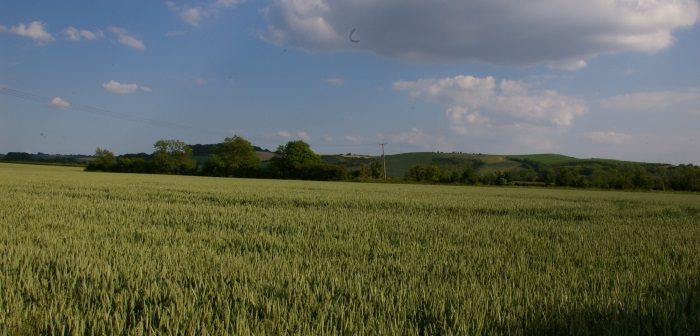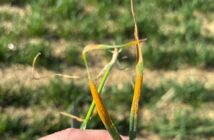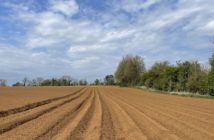Growers should protect spring sown cereals by adopting alternative herbicides instead of relying on any one single mode of action. That is the advice from David Roberts, Adama’s Cereal Herbicides Technical Specialist, who warns that relying solely on products which target the ALS enzyme puts this chemistry under increasing pressure from resistant weed species.
“With spring cropping as a strategy for controlling Blackgrass on the increase, growers need to be aware of the potential for other weeds such as annual meadowgrass to significantly threaten the yield potential of spring sown cereals, and should implement a robust herbicide programme based on multiple modes of action,” David Roberts explains.
“However, whilst spring-based rotations can control Blackgrass populations by up to 80%, there are very few on-label herbicide recommendations for spring cereals, particularly when being applied post-emergence. There is also an emerging over-reliance on herbicides which target the acetolactate-synthase (ALS) enzyme, with increasing evidence that resistant weed populations become more prolific when relying solely on these products.”
Mr Roberts therefore advises growers to reduce their reliance on any one particular active ingredient, instead opting to stack herbicides to provide effective weed control and to limit the development of further resistance to current chemistries.
“While the increase in spring cropping has, until recently, been relatively gradual (spring barley plantings rose by 6.1% in 2016 compared to 2015, whilst spring wheat and spring oat planting rose by just 0.2% and 5.5% respectively) this year is likely see a much more substantial shift as the battle against Blackgrass intensifies,” Mr Roberts continues. “It is therefore vital that growers give adequate consideration to how best to protect spring sown crops.”
To control annual meadowgrass, Mr Roberts recommends a broad spectrum residual herbicide such as Tower. “As a standalone product, Tower gives superb protection in spring wheat and spring barley,” he explains. “It can be applied as either a pre- or post-emergence treatment giving it the flexibility to be applied when soil conditions are optimal, thereby ensuring the very highest levels of efficacy.”
Tower’s unique, three-way formulation of chorotoluron (250g/l), diflufenican (40g/l) and pendimethalin (300g/l) also gives good control of a wider range of weeds including common chickweed, mayweed and common poppy. “It also has proven residual activity against cranesbill, shepherd’s purse, dead nettle, speedwell, pansies and cleavers, as well as black bindweed, fat hen and spring-germinating wild oats,” Mr Roberts concludes.
Tower can also be used on winter sown wheat, barley, rye and triticale as either a pre- or post-emergence treatment. There are no varietal restrictions in winter barley, rye, triticale, spring barley or spring wheat. There are no varietal restrictions pre-emergence in winter wheat. Varieties supported for post-emergence applications on winter wheat are tested and updated by Adama annually.




